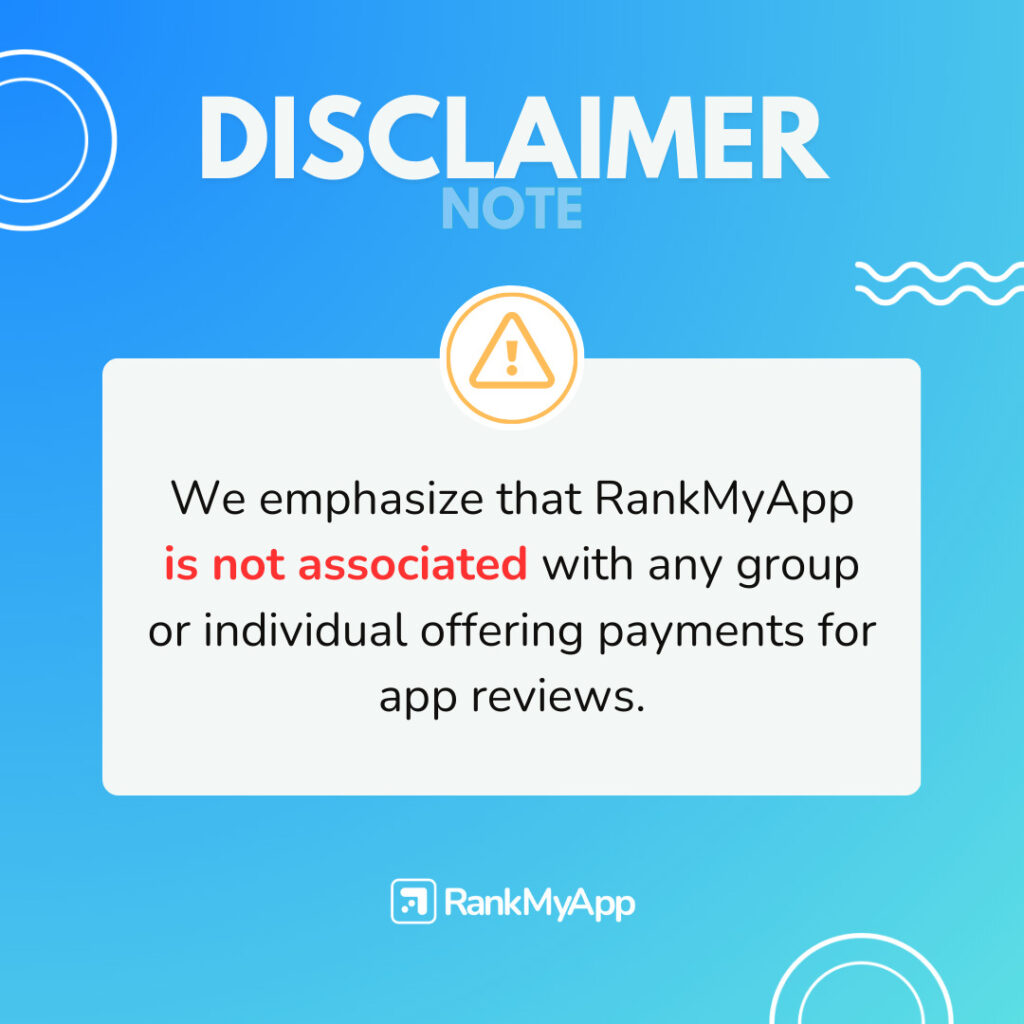Imagine this scenario: you’re browsing a fashion online store on your phone, add a pair of sneakers to your cart but don’t complete the purchase. Later, you receive a personalized email with an exclusive discount for those sneakers, and the next day, when you open Instagram, the same brand appears in your feed with content about sustainability—a value you prioritize. The result? You complete the purchase.
This real-life example reflects the power of well-orchestrated omnichannel campaigns. Companies that successfully engage users across all channels and offer a seamless, consistent experience have a better chance of increasing retention, loyalty, and, of course, conversions.
However, many marketers still struggle to effectively align their actions across various platforms. In this article, we’ll explore how to create omnichannel campaigns that truly engage users at every touchpoint, amplifying the impact of your marketing actions and maximizing ROI.
What is an Omnichannel Campaign and Why is it So Effective?
An omnichannel campaign involves creating integrated and consistent communication across various channels—both online and offline. Unlike multichannel strategies that operate independently across channels, omnichannel aims for synergy, ensuring a seamless, cohesive user experience. This approach is crucial for engaging users, as they expect to be served where they are in relevant, frictionless ways.
A study by the Harvard Business Review found that 73% of consumers use multiple channels during their shopping journey, underscoring the importance of a well-structured approach.
How Understanding Your User’s Journey Can Transform Your Strategy
One of the foundations of a successful omnichannel campaign is a deep understanding of the user’s journey. To engage users effectively, you must map the key moments when they interact with your brand, whether online or offline. This allows your communication to appear on the right channels, at the right time, offering a personalized and relevant experience.
What is the User Journey?
The user journey is the path they follow from their first contact with your brand to conversion (purchase or other relevant goal) and post-sale. This journey is rarely linear; it spans various channels and touchpoints, including social media, website, app, emails, and even physical stores. Each interaction is an opportunity to engage users and positively influence their path to conversion.
Mapping the user journey involves four main steps:
- Identifying touchpoints
- Understanding behavior at each stage
- Analyzing past data and behaviors
- Identifying improvement opportunities
How Amazon Uses the User Journey in Successful Omnichannel Campaigns
A practical example of how understanding the user journey can transform a marketing strategy is Amazon.
The e-commerce giant uses real-time behavioral data to anticipate customer needs, creating a highly personalized experience. By mapping each customer’s journey, Amazon sends recommendations based on what the user has searched for or purchased in the past.
Furthermore, the company cohesively integrates its platforms, sending emails, notifications, and product suggestions across multiple channels, always aligned with the individual user’s behavior. This type of continuous personalization keeps customers engaged at different stages, encouraging them to return and buy more.
Direct Impact on Engagement and Conversions
Understanding the user journey allows brands to create more effective, timely communication. When a company knows the customer’s stage in their journey, it can deliver the right content and interact at the ideal moment. Ultimately, this increases the likelihood of engaging users and driving them to take desired actions, whether it’s making a purchase, signing up, or any other type of conversion.
The Importance of Personalization in Omnichannel Campaigns
Personalization is one of the greatest assets of omnichannel campaigns. We live in an age of information and ad overload. Consumers are constantly bombarded by messages from various brands, but what truly captures their attention are messages that speak directly to their interests and needs.
By leveraging data such as purchase history, previous interactions, and browsing preferences, companies can tailor their campaigns to be not only more appealing but also more effective.
Studies show that personalized campaigns have much higher engagement rates than generic ones. According to Epsilon, 80% of consumers are more likely to buy from brands offering personalized experiences. Personalization is not just a trend; it’s a growing expectation among consumers.
How to Create an Omnichannel Campaign That Really Works
To ensure the success of your omnichannel campaign, follow these essential steps:
- Channel Integration: Make sure that all channels—physical stores, website, social media, email, app—are connected and share real-time data. This ensures a continuous and seamless experience for users.
- Mobile Focus: Optimize your campaign for mobile devices (tablets, smartphones) by ensuring a responsive site and using push notifications and in-app messages to keep users engaged.
- Smart Data Use: Collect and analyze data from all channels. BI tools and marketing automation help adjust campaigns in real-time, maximizing engagement and returns.
With these three pillars, you ensure a seamless and personalized experience, increasing the chances of conversion across all touchpoints.
Common Mistakes to Avoid in Omnichannel Campaigns
One of the main challenges in omnichannel campaigns is avoiding errors that undermine effectiveness. A lack of data integration between channels is one such issue. When user data isn’t adequately synchronized across platforms, the experience becomes fragmented. A classic example is when a customer starts a purchase on the website but finds their information unavailable when they switch to the app, potentially leading to frustration and cart abandonment.
Another common mistake is inconsistent messaging across channels. Each touchpoint should maintain the same communication to avoid confusion. If a user receives an email with a specific offer but sees a completely different message on the app or social media, brand trust may be compromised.
It’s also essential to consider usage context. The way users interact with each channel varies, and what works in an email might not be suitable for a push notification or social media post. Adapting the message to each channel’s specific context is crucial for maintaining engagement.
Furthermore, campaigns that ignore customer behavior miss the chance to personalize interactions. Instead of using a generic approach, it’s vital to tailor messages based on the user’s previous actions. Finally, over-communicating can be harmful. Bombarding users with messages across channels without considering frequency or relevance can drive them away. Striking a balance between being present and intrusive is essential to ensure your omnichannel campaigns are effective and provide a positive, continuous user experience.
Omnichannel campaigns are fundamental for engaging users in an increasingly complex and fragmented digital environment. By ensuring a seamless, personalized, and integrated experience, your brand not only increases conversion opportunities but also builds a stronger relationship with customers.
At RankMyApp, we offer complete digital marketing solutions to maximize your omnichannel campaign results. Our performance-focused and data-driven services are what you need to transform your strategy and stand out in the market!Ready to take your omnichannel campaigns to the next level? Contact RankMyApp and discover how we can help your brand effectively engage users across all channels!





